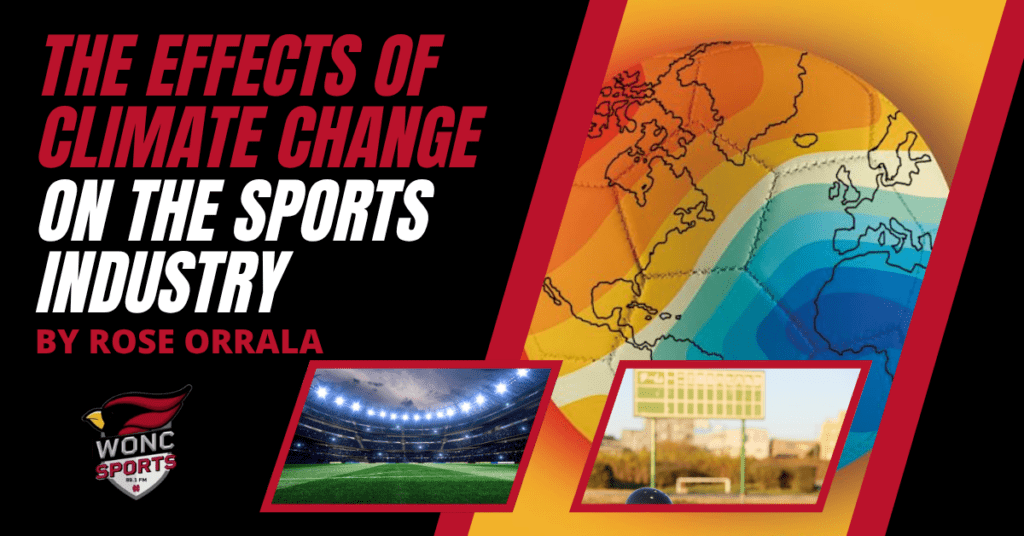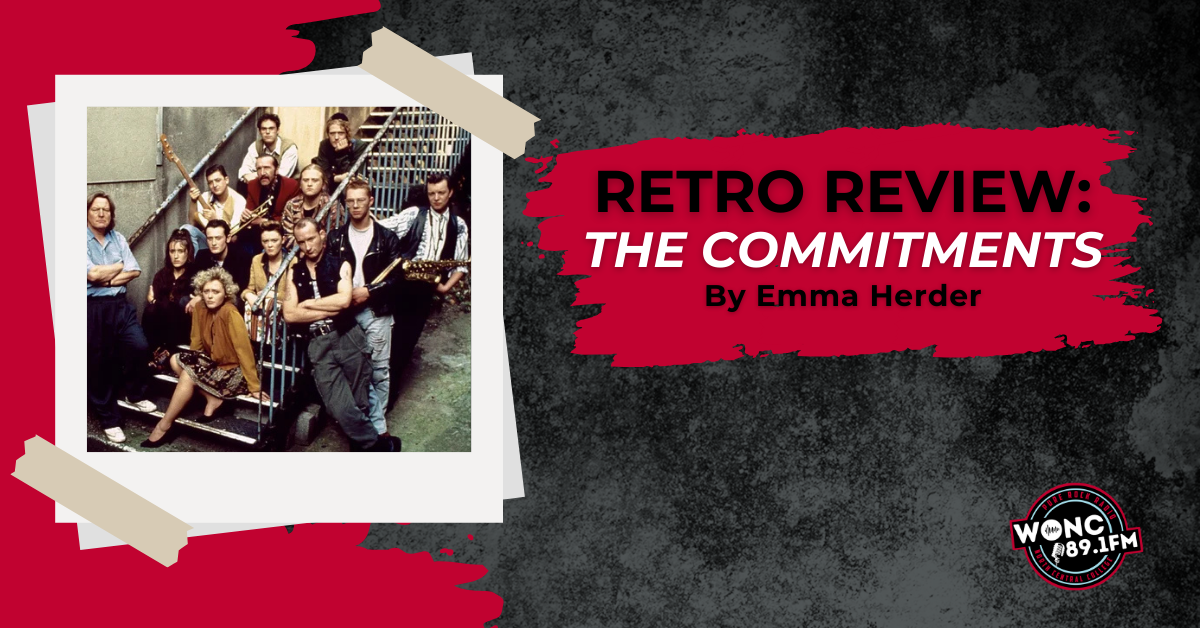by Rose Orrala
Rising temperatures and extreme weather events affect athletic performance, disrupt fan enjoyment, and cost millions in adaptations. A 2024 World Athletics survey found that 74 percent of athletes were extremely concerned about climate change. Helping explain these athletes’ rising concern, the World Meteorological Organization predicted an “80 percent chance that at least one of the next five years will exceed 2024 as the warmest on record.”
On game day and in practice, athletes often face extreme heat threatening both their health and performance. In accordance with the National Weather Service, as temperatures rise above 90 degrees, individuals are to proceed with caution as the risk of heat exhaustion and heat stroke increases.
A study on American football players found that more than 61 athletes from 1980 to 2014 at all levels of competition have died from heat stroke. Preventing such tragedies has resulted in many delayed high school football games. For example, several teams along the West Coast delayed their 2025 season-opening games due to heat advisories.
Even at the professional level, athletes consistently need more support. During the 2023 US Open, players had challenges breathing and matches were difficult to finish. With temperatures on the court exceeding 95 degrees, longer breaks and shaded rest areas were provided to protect athletes.
Our favorite teams won’t be the only ones affected. As temperatures inside stadiums reach all-time highs, fans who wish to see their team play are exposed to harsh conditions. While some fans see air-conditioned stadiums as a quick fix, many experts don’t see this as a long-term solution. As seen from the Qatar World Cup, building air-conditioned stadiums costs anywhere from $350 million to $850 million dollars.
Extreme heat is just one of the many concerns the sports industry will face in the coming years. A much greater concern is extreme weather events which cost millions in damage. In 2005, when Hurricane Katrina severely damaged the Louisiana Superdome, home to the New Orleans Saints, the Saints were forced to relocate, holding their home games at Tiger Stadium (LSU). It would be several months before the reconstruction of the Louisiana Superdome would begin and cost approximately $185 million dollars.
As devastating as these impacts are, the sports sector actually has more flexibility when it comes to adaptation, in comparison to other industries. Both start times, and competition cycles can be adjusted. However, the long-term survival of the sports industry will require millions in investment, a cost that many fans will live to see in their lifetimes.







